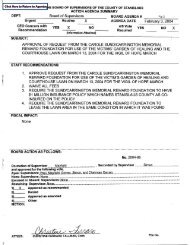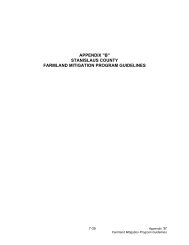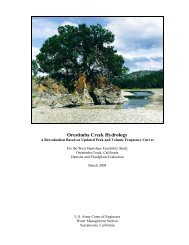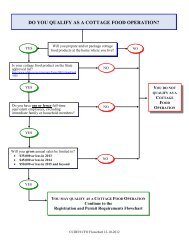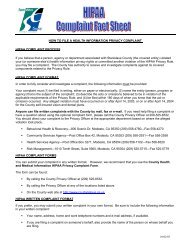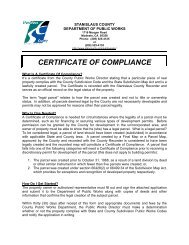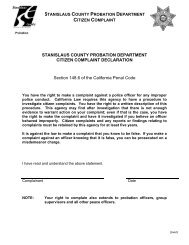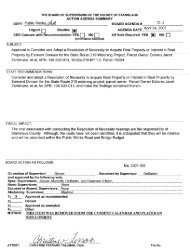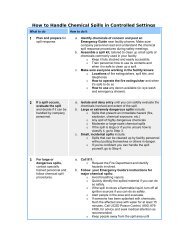Orestimba Creek Feasibility Study - Stanislaus County
Orestimba Creek Feasibility Study - Stanislaus County
Orestimba Creek Feasibility Study - Stanislaus County
Create successful ePaper yourself
Turn your PDF publications into a flip-book with our unique Google optimized e-Paper software.
Economics Appendix – Draft Report - <strong>Orestimba</strong> <strong>Creek</strong> <strong>Feasibility</strong> <strong>Study</strong>, <strong>Stanislaus</strong> <strong>County</strong>, California – September 2012<br />
1.0 Introduction<br />
1.1 Purpose and Scope<br />
The purpose of this report is to present the results of the economic analysis performed for the<br />
<strong>Feasibility</strong> <strong>Study</strong> of the <strong>Orestimba</strong> <strong>Creek</strong> Project. The report documents the existing condition<br />
within the study area and proposed alternative plans to improve flood risk management, and<br />
designate the National Economic Development (NED) Plan for purposes of estimating federal<br />
interest for <strong>Orestimba</strong> <strong>Creek</strong>. The report presents findings related to flood risk, potential flood<br />
damages and potential flood damage reduction benefits.<br />
1.2 <strong>Study</strong> Area<br />
The study area is located in the southwestern portion of <strong>Stanislaus</strong> <strong>County</strong>, in what is referred to<br />
as the Newman Division by the U.S. Census Bureau (see, Figure 1). <strong>Orestimba</strong> <strong>Creek</strong> stretches<br />
approximately 7.5 within the study after having left the foothills of the Diablo Mountain Range.<br />
It is estimated that in the 500-year flood event the floodplain would encompass approximately<br />
20,000 acres, including the City of Newman (see Figure 2-1). The City of Newman is the home<br />
of approximately 12,321 residents (2010 Census data). Newman is home to the world’s first<br />
school bus company and along with the surrounding area, it is home to some of California’s most<br />
efficient and important agricultural industries. Tomato and vegetable processing, cheese<br />
manufacturing, and turkey hatching are examples of some of the agricultural industries located in<br />
the area. The area is acknowledged for crop diversity and productivity, which can be accredited<br />
to a combination of exceptional factors such as, soil quality, air quality, climate, and water<br />
supply.<br />
1.3 History of Flooding<br />
The city of Newman has experienced 14 floods in the past 58 years (1954, 1955, 1957-1959,<br />
1963, 1968, 1969, 1978, 1980, 1983, 1986, 1995 and 1998). The major floods occurred in 6 out<br />
of the last 14 flooding events (1955, 1958, 1963, 1980, 1983, 1995 and 1998). These floods<br />
occurred along <strong>Orestimba</strong> <strong>Creek</strong> and affected both rural and urban land uses. The frequency of<br />
flooding in and around Newman is similar that which occurs on an average cycle of between 4 to<br />
5 years. These flooding events have affected the same general areas each time except when there<br />
was a levee failure or similar occurrence that changed the location of flooding and the type of<br />
land uses that were adversely affected. The following flooding summary descriptions focus on<br />
the seven largest major flooding events.<br />
In 1955, floodwaters inundated agricultural, residential, and commercial properties; caused<br />
breaks in the DMC; washed out public streets and culverts; inundated and closed public streets in<br />
many areas; and washed out the Southern Pacific Railroad ballast and ties.<br />
The April 1958 flood damaged agricultural lands and public facilities in the <strong>Orestimba</strong> <strong>Creek</strong><br />
basin. Some residents were forced to evacuate their homes. Subsequently, in the 1959 flood,<br />
1




